ANCESTRY DNA
Old World malting barley genetics may soon be available to Alberta farmers, brewers and distillers in search of trademark flavour characteristics and carcinogen-free chemistry.
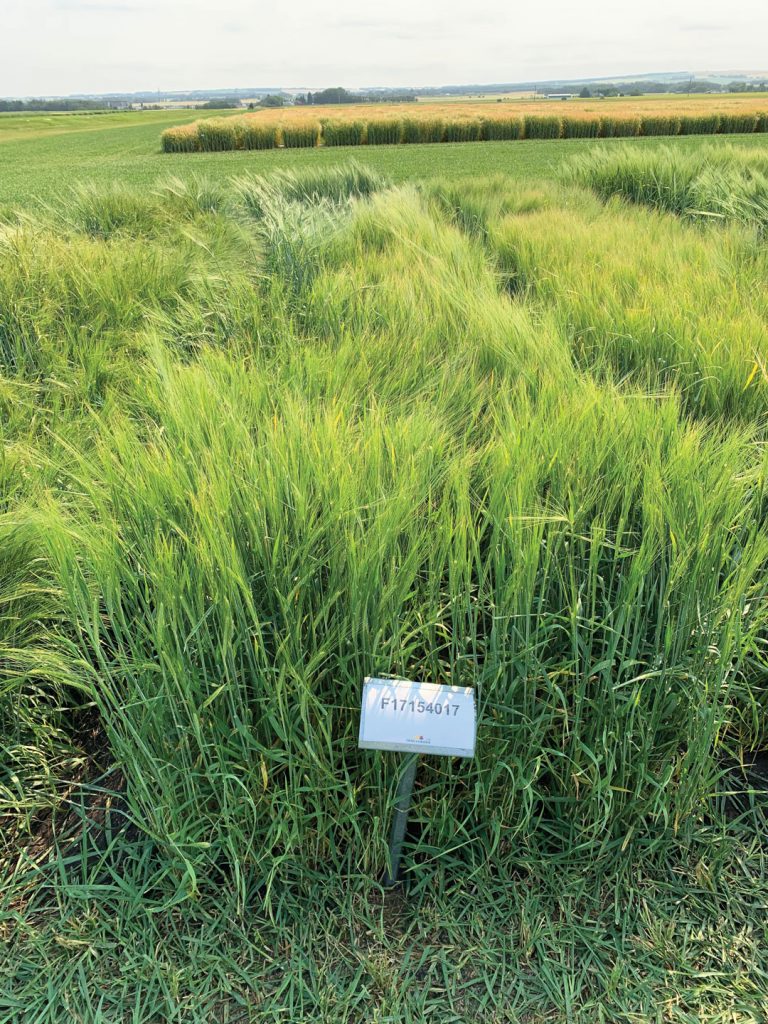
Old World malting barley genetics may soon be available to Alberta farmers, brewers and distillers in search of trademark flavour characteristics and carcinogen-free chemistry.
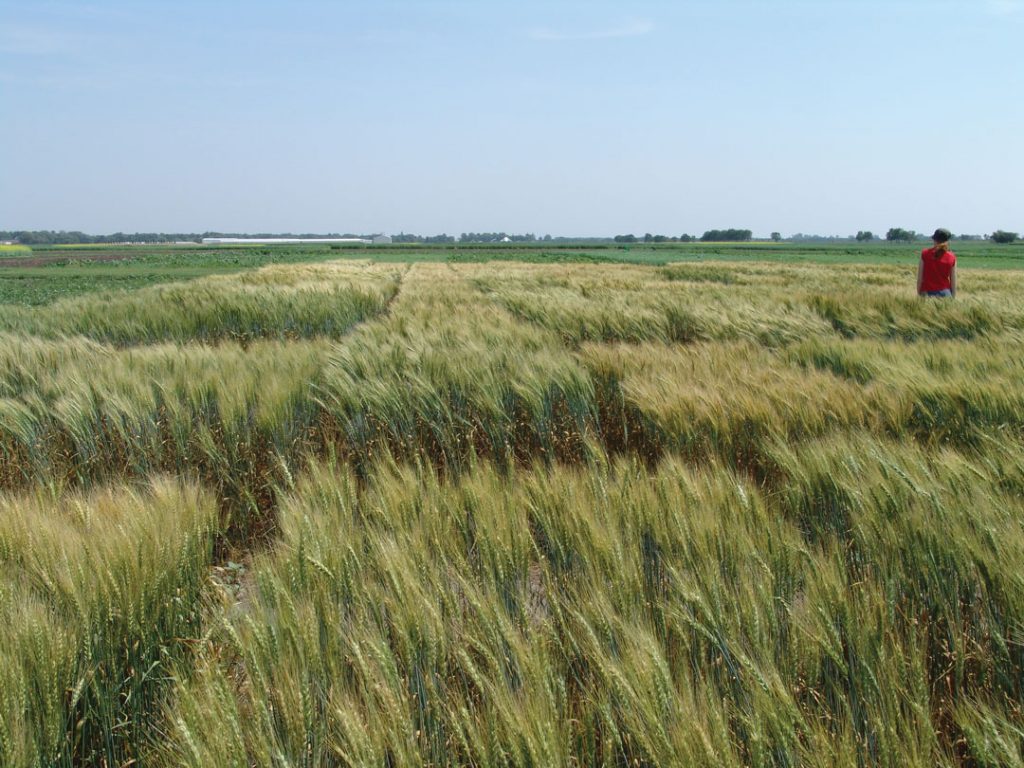
Prairie winter wheat acres have declined for years, but interest in the versatile crop has been revived. Its renewed appeal coincides with a changing of the guard in wheat breeding circles. Picking up where their predecessors left off, breeders Harwinder Sidhu and Curt McCartney aim to give farmers strong new varieties.
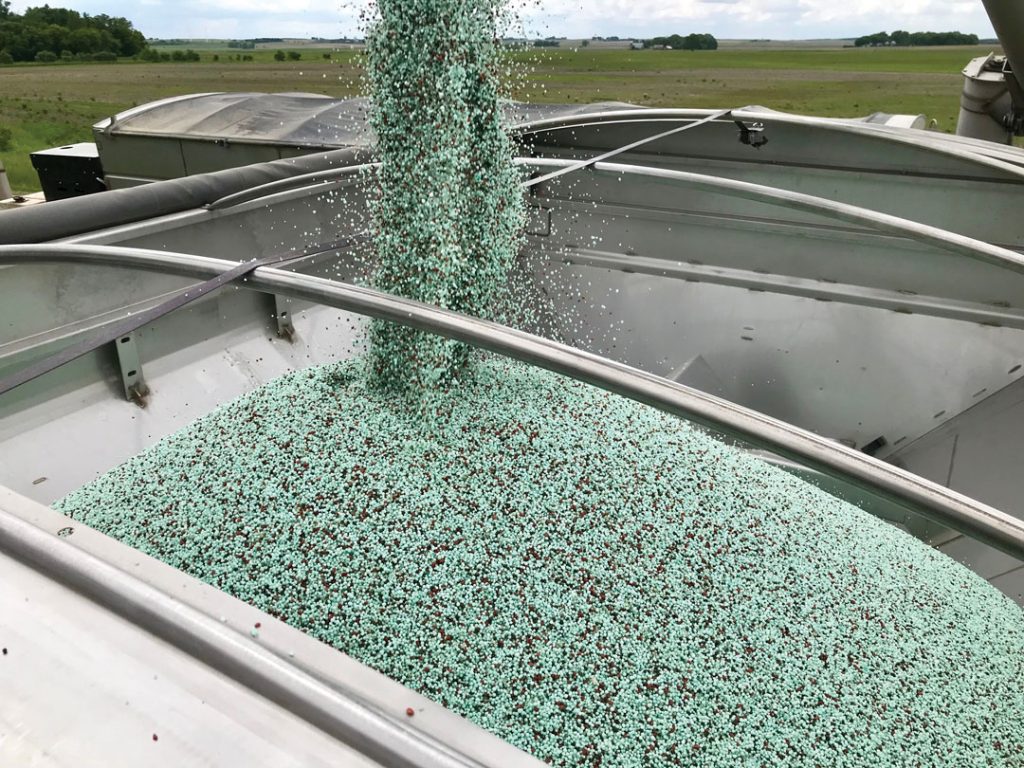
While fertilizer is critical to keep farmers in the black, many see red as its cost has greatly increased. As prices are on the upswing, industry groups and researchers turn their attention to new ideas that may boost ROI.
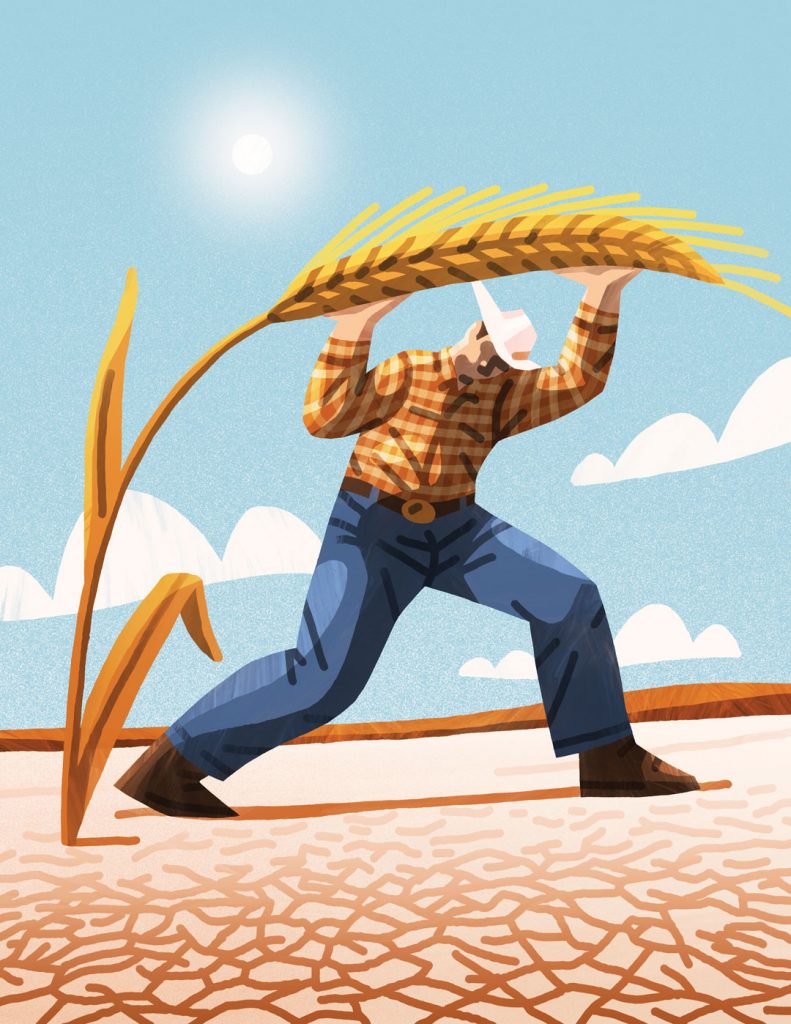
It came without warning. Prairie farmers were dealt the environmental version of poker’s 7-2 off-suit: drought conditions not seen in 20-plus years and a heat dome, which may become agriculture’s word of the year for all the wrong reasons.
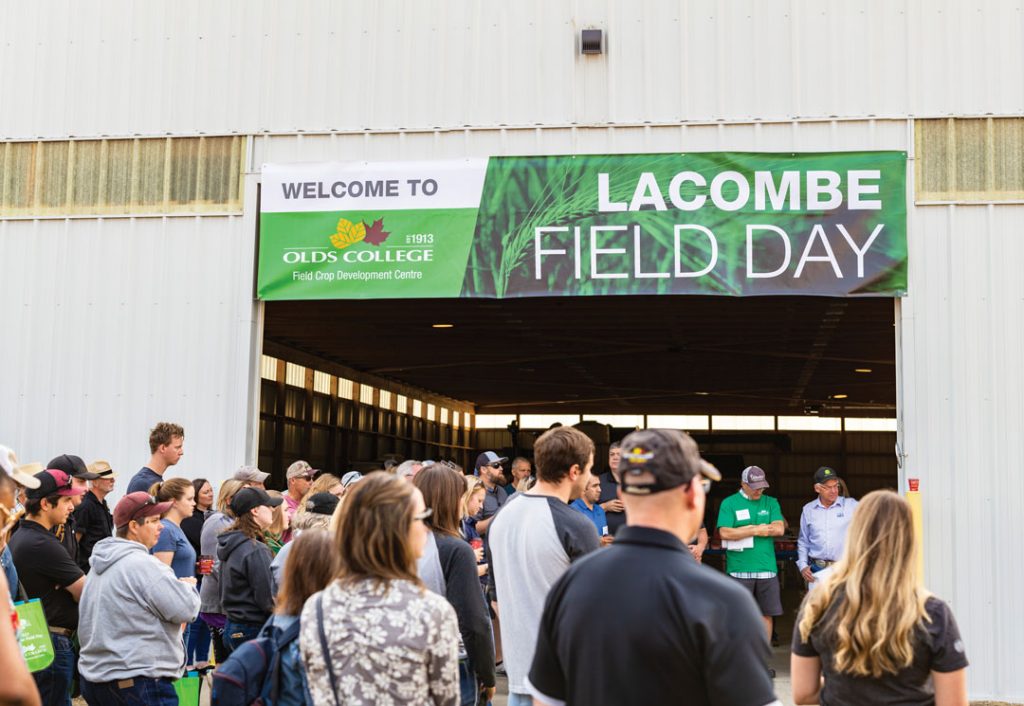
When Olds College assumed management of the Field Crop Development Centre (FCDC) from Alberta Agriculture, Forestry and Rural Economic Development this past January, management and staff jumped into action. The College took on the support of FCDC breeding programs and amalgamated those employees into its own team. Over the course of just nine months, the College also developed a new strategic direction for the venerated crop breeding institution. In September, its board of governors approved the draft plan for the new strategy. Over the coming months, the College will develop a rolling three-year business plan that will put the new guidelines into action.

Each year, the province’s wheat and barley farmers invest heavily in research and innovation. In fact, the Alberta Wheat Commission (AWC) and Alberta Barley reserve the largest part of their respective budgets for this programming area—between $4.5 and $5 million annually combined. And while farmers set the priorities and make funding decisions, the commissions’ research team makes sure they get the maximum return on investment from every dollar.
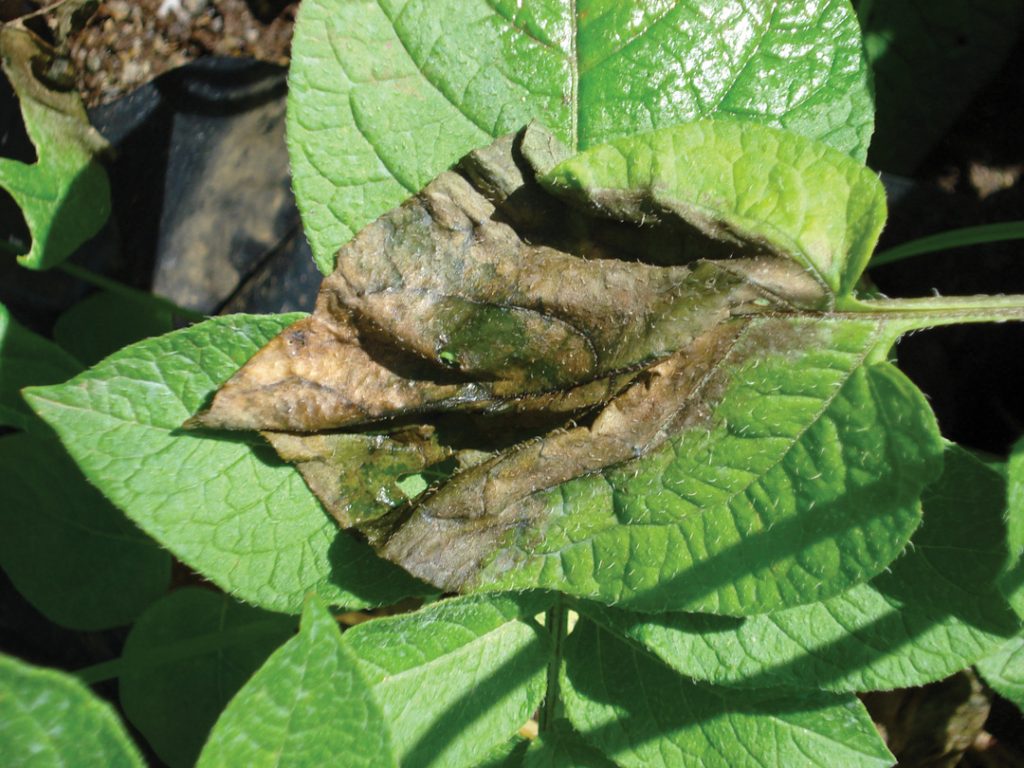
On coffee farms across Central and South America, a vicious invader called coffee rust has devastated the livelihoods of farmers and forced them off their land. In Colombia, a long-feared nightmare known as Panama disease, which destroyed banana production in Asia and then the Middle East in the 1990s, now threatens to end global banana production as we know it. Closer to home, a whole list of epidemic diseases from wheat stem rust to potato and tomato late blight have spread through cropland and have bitten into yield.

With the use of new biotechnology processes known as gene editing, a revolution in plant breeding technology is now underway. Methods such as CRISPR/Cas9, the best-known gene editing process, can carry out targeted changes within crop and livestock genes. Naturally, there is fear within the farm and agri-food sectors that foods produced via this technology will face public resistance as GMO crops once did.
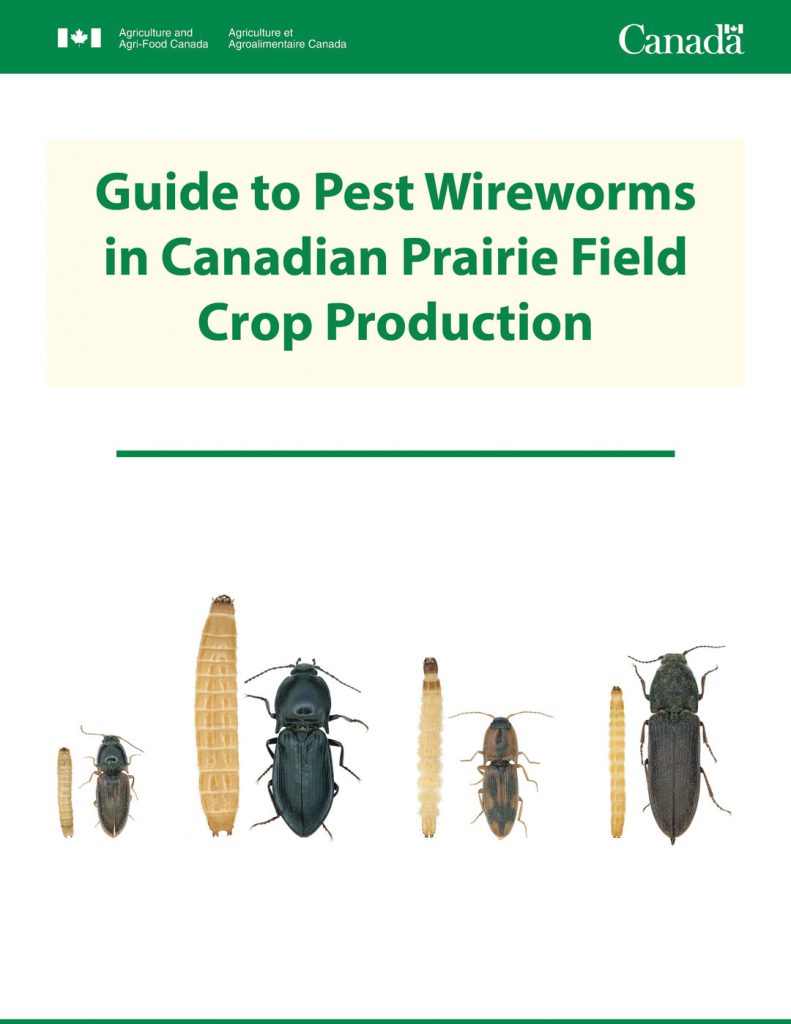
Pests are a top concern for farmers, especially those with limited management options. Wireworms are one pervasive example. A misnomer, they are not actually worms but rather the larval form of click beetles. These sneaky creatures can wreak havoc on fields as they hollow out seeds and shred stems in cereal crops. Hard to identify and even harder to manage, these small but mighty pests can devastate entire fields.

Fairytale characters spin straw into gold, but could demand for wheat straw create a gold rush for farmers? The question has arisen with the recent announcement of the $800 million Great Plains MDF facility in the hamlet of Equity, in Kneehill County. The plant will process wheat straw to produce medium density fibreboard (MDF) products such as furniture, panelling, flooring and kitchen cabinets. This and a similar project proposed for Regina, SK, are expected to boost the long-term demand for wheat straw and provide a marketing opportunity for farmers. To calculate the economics and agronomic impact is a more complex task than one might imagine.